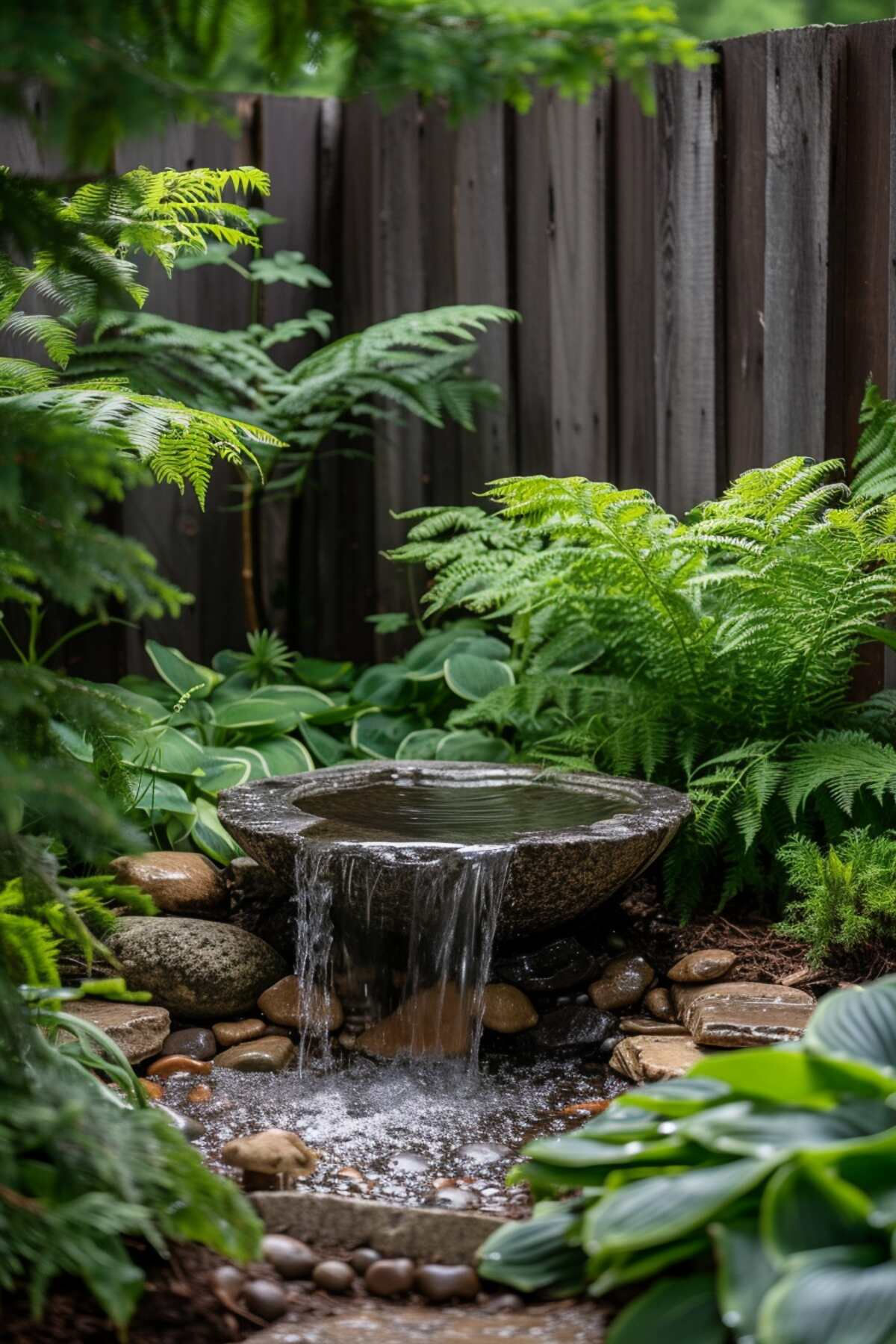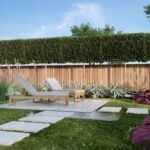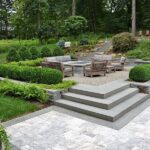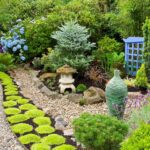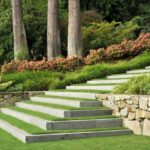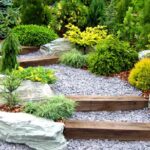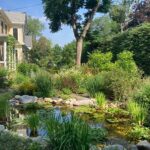Garden design landscaping is an art form that encompasses the planning, layout, and creation of outdoor spaces that are as aesthetically pleasing as they are functional. A well-designed garden landscape can enhance the beauty of a property, increase its value, and provide a peaceful retreat for homeowners to enjoy.
One of the key elements of garden design landscaping is the careful selection and placement of plants, trees, and flowers. By choosing a variety of species that complement each other in terms of color, texture, and height, a designer can create a visually appealing and cohesive landscape. Additionally, the strategic placement of plants can help to define different areas within the garden, such as borders, pathways, and seating areas.
In addition to plant selection, garden design landscaping also involves the consideration of other elements, such as hardscaping features like pathways, patios, and retaining walls. These features help to structure the garden and create a sense of flow and cohesion. They also provide practical benefits, such as defining spaces for entertaining, relaxing, and gardening.
Another important aspect of garden design landscaping is the consideration of the overall layout and structure of the garden. A well-designed landscape will take into account factors such as sunlight exposure, drainage, and soil conditions, in order to create a space that is both visually appealing and functional. By carefully planning the layout of the garden, a designer can ensure that each area serves a specific purpose and contributes to the overall aesthetic of the landscape.
Water features, such as fountains, ponds, and waterfalls, can also be incorporated into garden design landscaping to add a sense of tranquility and relaxation to the space. These features not only provide visual interest and a focal point in the garden, but also create a soothing atmosphere that encourages homeowners to spend time outdoors and enjoy their surroundings.
In conclusion, garden design landscaping is a complex and multifaceted process that requires careful planning, attention to detail, and a creative vision. By considering factors such as plant selection, hardscaping features, layout, and water features, a designer can create a stunning and functional outdoor space that enhances the beauty and value of a property. Whether you are looking to create a peaceful retreat for relaxation or a welcoming space for entertaining, a well-designed garden landscape can transform your outdoor space into a place of beauty and tranquility.
